Qubit
Introduction
A quantum computer operates on the principles of quantum mechanics, a branch of physics that describes the bizarre rules that govern particles at the quantum, or extremely small, scale. At the heart of quantum computing is the qubit, a unit of quantum information analogous to the classical binary bit used in traditional computing.
Definition
A qubit (short for "quantum bit") is the fundamental building block of quantum computers. It is the quantum version of a classical binary bit. While a classical bit can be in one of two states (0 or 1), a qubit can be in a superposition of states, meaning it can be in state 0, state 1, or any combination of both.
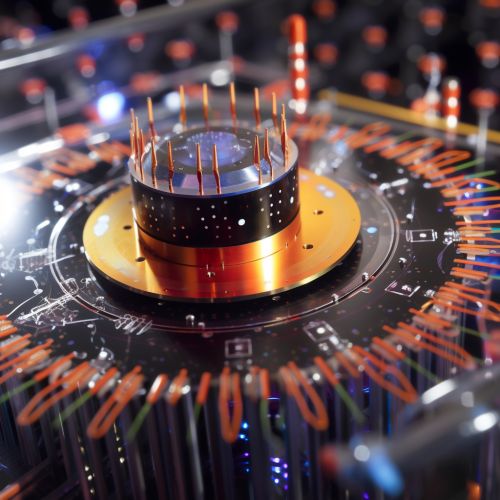
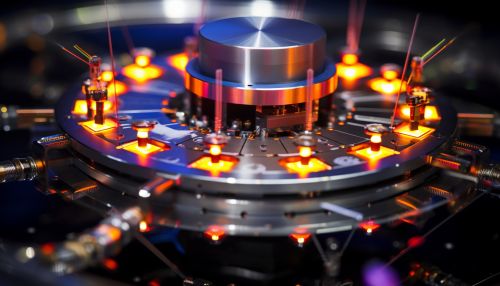
Properties of Qubits
Qubits have two unique properties that distinguish them from classical bits: superposition and entanglement.
Superposition
The property of superposition allows a qubit to be in both the 0 and 1 state at the same time. This means that a quantum computer can process a vast number of possibilities simultaneously. The ability to be in multiple states at once is one of the key reasons why quantum computers are potentially far more powerful than classical computers.
Entanglement
Entanglement is another quantum phenomenon that qubits can exhibit. When qubits become entangled, the state of one qubit becomes linked with the state of another, no matter how far apart they are. This means that a change in the state of one qubit will instantaneously change the state of the other, a phenomenon that Albert Einstein famously described as "spooky action at a distance".
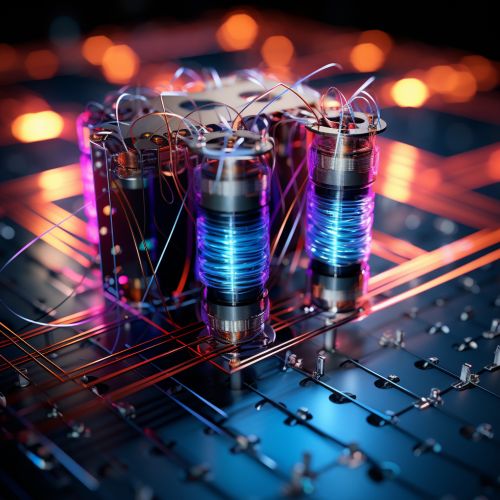
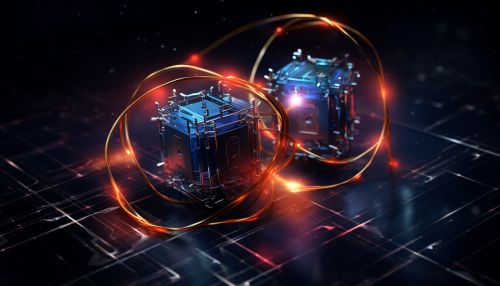
Physical Realizations of Qubits
There are several ways to physically realize a qubit in a quantum computer. These include using individual atoms, ions, photons, or superconducting circuits.
Trapped Ion Qubits
In trapped ion quantum computing, individual ions are trapped using electromagnetic fields and manipulated using lasers to perform quantum computations. The internal energy levels of the ions serve as the 0 and 1 states of the qubit.
Photonic Qubits
In quantum optics, individual particles of light (photons) can be used as qubits. The polarization state of a photon, for example, can serve as the 0 and 1 states of the qubit.
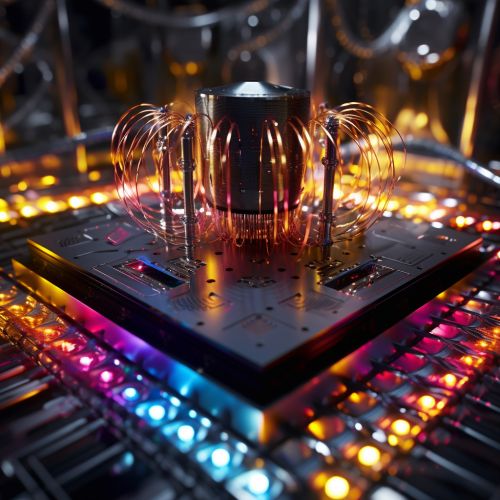
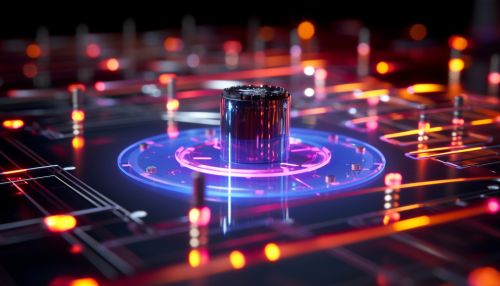
Superconducting Qubits
In superconducting quantum computing, electrical circuits made of superconducting materials are used as qubits. The quantum state of the circuit, which can be controlled using microwave pulses, serves as the 0 and 1 states of the qubit.
Manipulation and Measurement of Qubits
In a quantum computer, qubits are manipulated using quantum gates, which are basic operations that can be performed on one or more qubits. Quantum gates are analogous to the logic gates used in classical computing but have the added complexity of being able to process superpositions and entangled states.
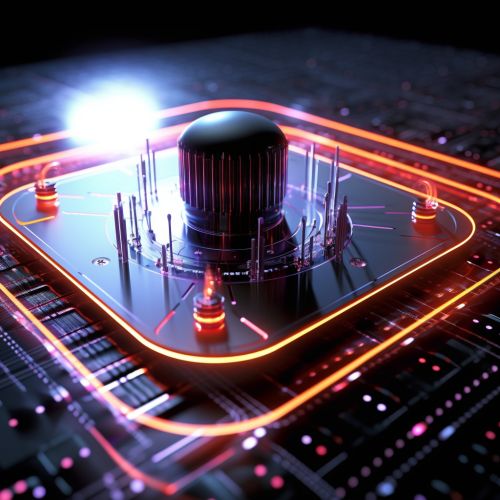
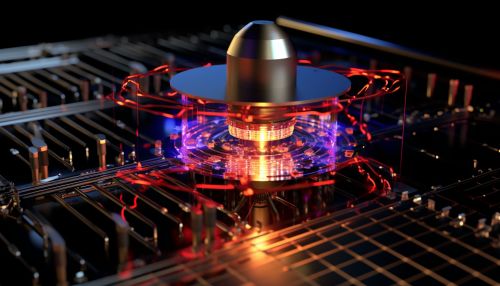
After a series of quantum gates have been applied, the final state of the qubits can be measured. The act of measurement forces the qubits to "collapse" from their superposition state to one of the classical states (0 or 1), with a probability determined by the quantum state before measurement.
Challenges in Quantum Computing
While the potential of quantum computing is immense, there are significant challenges to be overcome. These include the difficulty of maintaining the delicate quantum state of qubits, known as quantum decoherence, and the high error rates in quantum computations.
